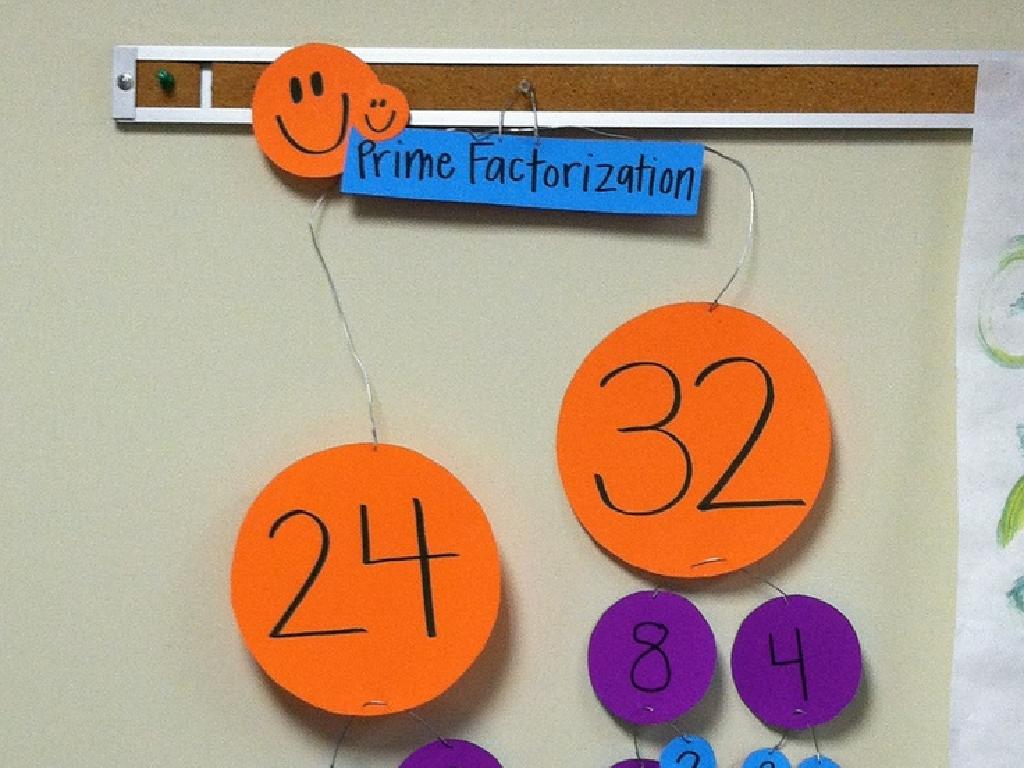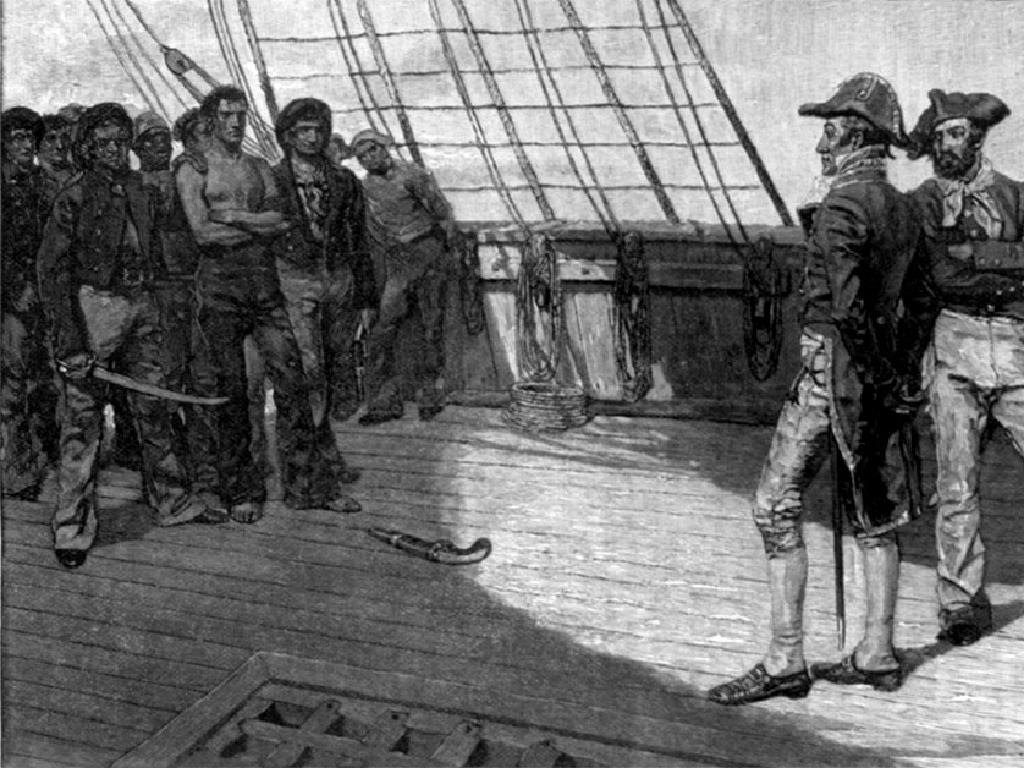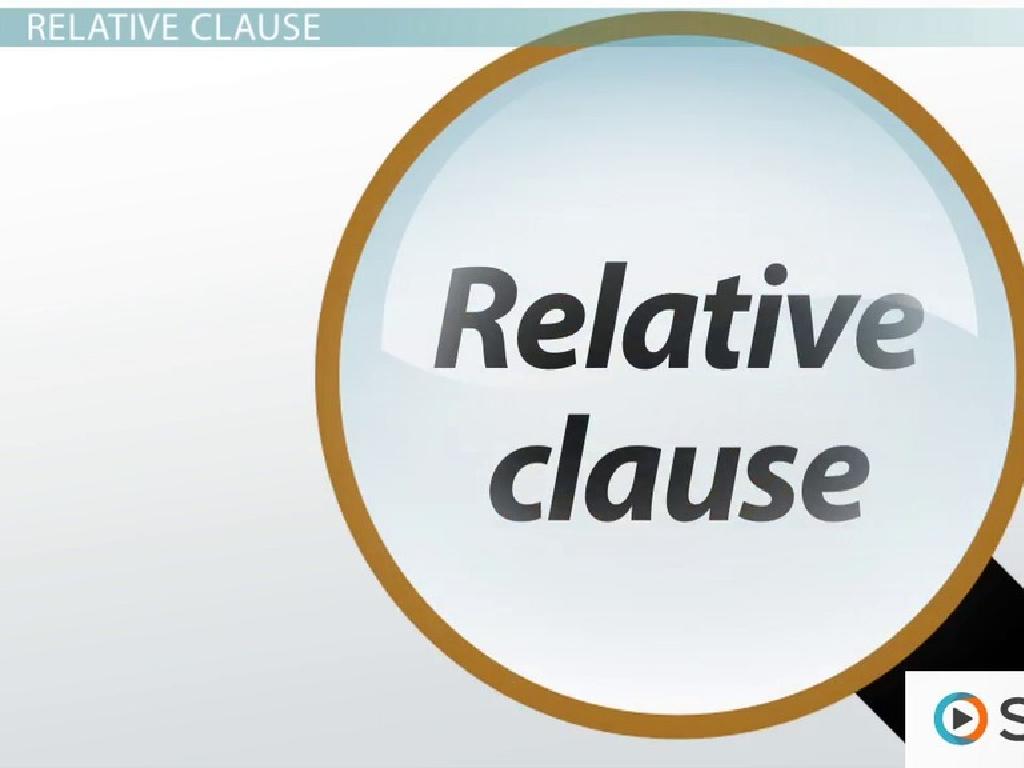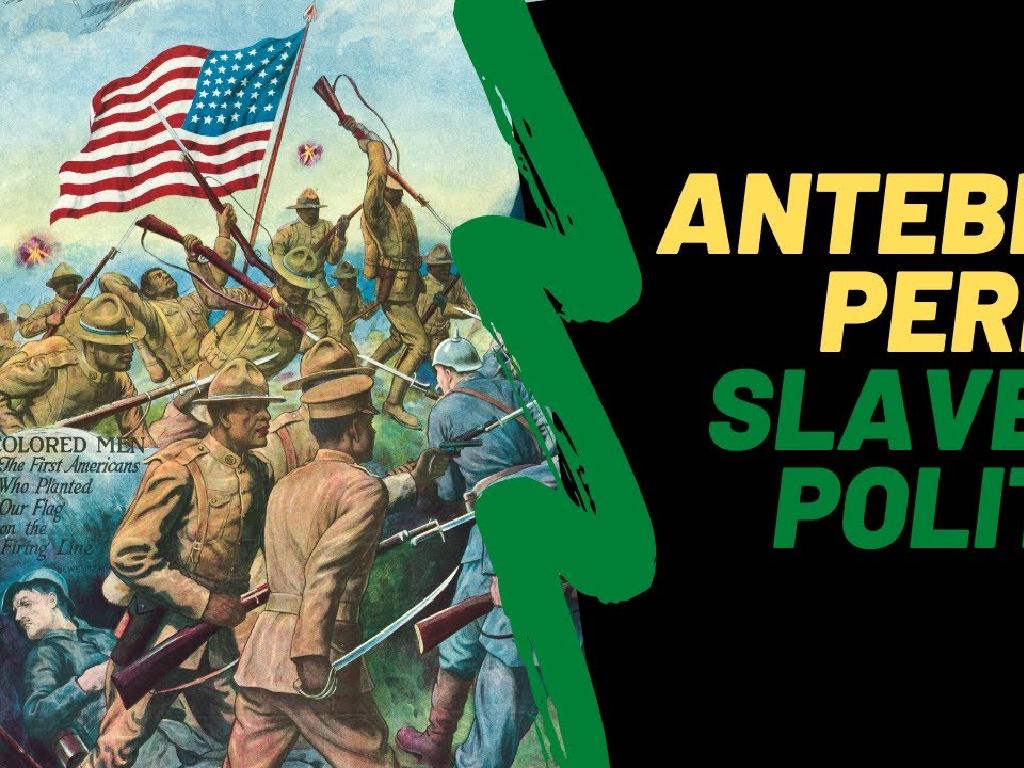Antebellum Period: Slavery And Politics Part Ii
Subject: Social studies
Grade: Fourth grade
Topic: Early 19Th Century American History
Please LOG IN to download the presentation. Access is available to registered users only.
View More Content
Slavery and Politics in the Antebellum Period – Part II
– Recap: Antebellum Period overview
– We learned about the time before the Civil War called the Antebellum Period.
– Context: America before the Civil War
– A time of growth and division, with big differences in the North and South.
– Today’s focus: Slavery’s impact
– How slavery shaped society, economy, and laws in the Southern states.
– Exploring political tensions
– The disagreements between the North and South about slavery led to conflict.
|
Begin with a brief recap of the previous lesson, highlighting key points about the Antebellum Period to refresh students’ memories. Explain the context of America before the Civil War, focusing on the nation’s division and growth. Today’s lesson will delve deeper into how slavery influenced the Southern states’ society, economy, and politics, and how this contributed to the rising tensions between the North and South. Use maps and timelines to help students visualize the period and understand the political climate that eventually led to the Civil War. Encourage students to ask questions and think critically about the moral and ethical implications of this time in American history.
The Life of Enslaved People During the Antebellum Period
– Daily life on plantations
– Enslaved people worked from sunrise to sunset, often in fields or housework.
– Various roles of enslaved people
– Jobs included working in fields, as artisans, or domestic servants.
– Family and community life
– Families formed strong bonds and communities for support.
– Acts of resistance and resilience
– They told stories, sang songs, and some even planned escapes.
|
This slide aims to give students a glimpse into the harsh realities of daily life for enslaved people during the Antebellum Period. It’s important to convey the idea that despite the severe conditions, enslaved people created a sense of family and community, which provided them with strength and comfort. Highlight the different roles and jobs they were forced to take on, both in plantations and urban settings. Discuss the various ways they maintained their dignity and resisted their circumstances, such as through music, oral traditions, and even by planning escapes. Encourage empathy and understanding by asking students to imagine what life might have been like and to think about the importance of family and community in their own lives.
The Politics of Slavery in the Antebellum Period
– Slavery’s impact on politics
– Slavery was a central issue in American politics, influencing elections and policies.
– Key laws and compromises
– The Missouri Compromise, the Compromise of 1850, and the Fugitive Slave Act were crucial.
– Effects of laws on the nation
– These laws aimed to balance power between free and slave states but caused division.
– Impact on enslaved individuals
– Laws restricted the freedom of enslaved people and led to family separations.
|
This slide aims to educate fourth graders on the complex role that slavery played in shaping American politics during the Antebellum Period. It’s important to highlight how slavery was not just a social issue but also a political one that led to significant laws and compromises. These political decisions had profound effects on the entire nation, contributing to regional tensions that eventually led to the Civil War. Additionally, the impact of these laws on the lives of enslaved people, including the harsh realities of restricted freedoms and family separations, should be addressed in a sensitive and age-appropriate manner. Encourage students to think about how laws can affect people’s lives and the importance of fair laws in society.
The Abolitionist Movement
– What was the Abolitionist Movement?
– A movement to end slavery and free all enslaved people.
– Key figures in the movement
– Harriet Tubman led slaves to freedom; Frederick Douglass spoke for equality.
– Movement’s impact on society
– It helped change people’s minds about slavery, leading to more support for freedom.
– Movement’s influence on politics
– It pushed for laws to stop slavery and made it a central issue in politics.
|
The Abolitionist Movement was a powerful force in American history, aiming to abolish slavery and promote equal rights for all people. Introduce students to key figures like Harriet Tubman, who risked her life to lead others to freedom via the Underground Railroad, and Frederick Douglass, a former slave who became a leading voice for abolition. Discuss how the movement created social change by encouraging people to support abolition and how it brought the issue of slavery to the forefront of political debate, influencing laws and the course of American history. Encourage students to think about how individuals and groups can make a difference in society.
The Path to the Civil War
– Tensions between North and South
– Different economies and views on slavery caused disagreements.
– Key events before the Civil War
– The Missouri Compromise, Dred Scott decision, and more.
– Antebellum Period’s role in conflict
– The time before the war, where these tensions grew.
– Understanding the buildup to war
|
This slide aims to give students an understanding of the complex relationships and events that led to the Civil War. Highlight the differences between the North’s industrial economy and the South’s reliance on slavery and agriculture. Discuss key events such as the Missouri Compromise, which tried to balance free and slave states, and the Dred Scott decision, which affected the rights of African Americans. Explain how the Antebellum Period was marked by growing strife over these issues, setting the stage for the eventual conflict. Encourage students to think about how differing beliefs can lead to large-scale disagreements.
Role-Play Debate: Abolitionists vs. Politicians
– Divide into abolitionists and politicians
– Prepare arguments for/against slavery
– Engage in a class debate
– Use historical facts and empathy in your arguments
– Discuss modern-day parallels
– How are past debates similar or different from today’s societal discussions?
|
This class activity is designed to help students understand the complex issues surrounding slavery during the Antebellum Period through a role-play debate. By dividing the class into abolitionists and politicians, students will explore different perspectives of the time. Encourage them to use historical facts and to empathize with their assigned roles. After the debate, guide a discussion on how these historical debates relate to modern-day discussions on societal issues. This will help students draw connections between the past and the present, understanding the evolution of societal values and the importance of informed debate. Possible activities could include researching a historical figure, writing a speech, or creating protest signs relevant to their role.
Reflection and Homework: Voices of the Past
– Reflect on today’s lessons
– Write a diary as an abolitionist or politician
– Imagine living in the Antebellum era, fighting for or against slavery.
– Think of questions about the Civil War
– What are you curious about? What do you want to learn?
– Get ready to discuss in the next class
|
Today’s reflection is crucial for students to process the complex issues surrounding the Antebellum Period. For homework, they will step into the shoes of an abolitionist or politician, writing a diary entry to express the thoughts and emotions of someone from that era. This exercise will help them empathize with historical figures and understand different viewpoints. Encourage them to come up with thoughtful questions about the Civil War, which will be our next topic of discussion. This will prepare them for a deeper dive into the subject and ensure they are actively engaged in their learning journey.






